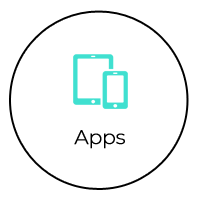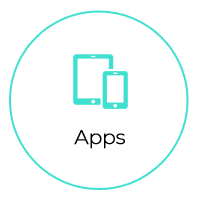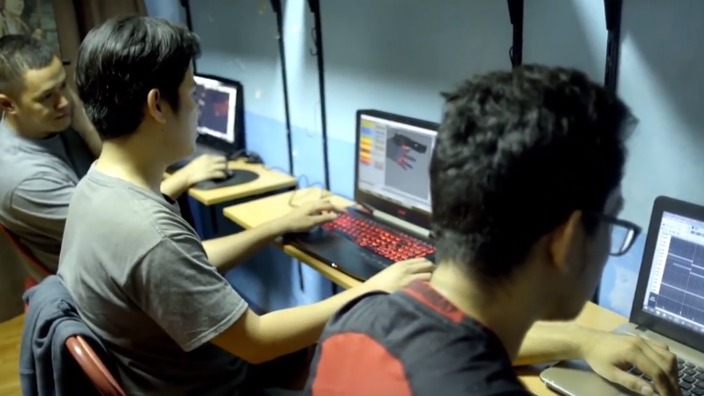Top Tips on How to Manage an Overseas Team
Many people find it difficult to manage an overseas team or contractors. It can lead to failed projects, wasted money, wasted time and enormous frustration. Many companies now outsource individual projects as well as full time jobs saving businesses a lot of money due to the lower costs involved. But if those contractors aren’t managed properly, the lower costs can very quickly turn out to be higher than anticipated.
These days you can outsource almost any job from small, simple code fixes to huge development projects for software or apps. With the rising popularity of platforms like Freelancer, Upwork and even Airtasker, you can find someone to do almost any kind of job, many of them for next to no cost. Most of these sites have rules that are meant to protect both the contractor and the contractee. However, that still doesn’t always mean a successful outcome if you don’t know how to manage your remote team.
Here are our top tips on how to manage an overseas team no matter where they are located and no matter how you have employed them:
1. Clearly Defined Project Goals to Manage your Overseas Team
Working remotely with an overseas team where you may only be able to type your communication means that you need to be very clear on what you want achieved. Look at our two examples below:
- I need a logo
OR
2. I need a new logo
- Here are our CMYK colours and tagline
- Current website https://www.website.com.au
- Requirements:
- Digital version for website
- Digital square version for social media profiles
- Print version for shirts and t-shirts
- Please provide variety of print and digital formats
- How many options and amendments will you provide?
If you end up with just a logo that doesn’t suit your requirements, but you have only asked for a logo, who is to blame? The contractor? If he/she hasn’t provided adequate formats and you haven’t asked for them, who is to blame?
2. Communication
The person you have contracted may not speak English as their first language, so instructions need to be communicated simply and with the least amount of words to minimise confusion. Forget the padding and long rambling sentences. Use lots of bullet points and headings to break up instructions into a more manageable list. You can still be polite without being verbose.
Cultural differences as well as language can lead to misunderstandings so don’t take anything for granted. If your concept or the idea behind your project is not fully understood properly, then your team may not be successful in delivering your work as you expected.
3. Check Testimonials and Portfolio
Whether you are checking a company website or a freelancer platform, the contractor needs to have some testimonials and a portfolio for you to check their work. You need to make sure that the contractor is able to manage your project. If in doubt, choose someone else. If the project is a big, expensive one, e.g. software or an app, I would actually be asking if you can speak to some of their clients to get a verbal testimonial. I would also be asking them to map out for you how they will approach the project and their estimated time frames.
4. Time Zones
If you are getting the work done for one of your own clients or you are on a tight deadline, time zones can be a pain in the neck. Double check where your contractor is located and discuss your requirements and what you expect. If it’s not an urgent task, then it won’t matter as long as the team or contractor is right for the job. If it is urgent or you need lots of meetings, find someone closer to your time zone.
5. Eyeball if Possible
Connection is really important even for the small tasks. If you can link up on Skype or by video chat, then do it. Forming some kind of connection with your team will always ensure that they will go the extra mile for you and will help if there is any confusion or misunderstandings. Be respectful of overseas customs like dress if you are using video chat and your contractor is in the Middle East or a Muslim country. We had an enquiry from a restaurant group in Abu Dhabi once who needed a website. They set up a meeting on Skype and I thought I was going to be chatting to a man from the name, but it turned out to be a lady. It would not have mattered for the project, but it was still a misconception. One that was easily remedied with a face-to-face fortunately.
6. Project Management Software
If you are managing your own projects and team, then you must use a cloud-based project management software. There are lots around, some free and some paid. One example of a good, paid software is Basecamp which I use with all my team. You can assign tasks for certain staff members, add deadlines and manage workflows. As well as that, all files and images will update for everyone when any changes are made and saved. Basecamp keeps a record of each project and you can refer back to the archive at any time. You can have discussions, see completed to-dos and even loop clients in, if appropriate.
7. Cheap isn’t Necessarily Best
Do you know the old saying, ‘the cheapest isn’t necessarily the best’? Well, this certainly applies to getting work done by overseas teams you don’t know. Check which team or contractor best suits your job with their experience and you will be more likely to get a good outcome even if you are paying more than the cheapest amount quoted.
**************
We have had many clients who have run into problems with their digital design and development jobs before they came to us. They have been totally dissatisfied with their experience in outsourcing for many reasons, but mostly because the job wasn’t completed satisfactorily. Most have gone down the ‘cheap’ path and they didn’t realise they needed to manage their overseas team.
However, if you keep all our tips in mind, then you shouldn’t have a problem managing overseas or even remote teams in your own country. Along with project software, include Skype, Dropbox and WhatsApp or Facebook Messenger as part of your communication suite.
Like this article or found it helpful? Share it!
Join us for updates, tips and inspiration on Facebook, follow us on Instagram and check out our Pinterest images.
Profit from our expertise and contact us for advice today.
Judith Shuttleworth
Latest posts by Judith Shuttleworth (see all)
- How to Add Sex Appeal to Your Marketing in 5 Easy Steps - 28/08/2019
- Creating an Irresistible Brand - 16/08/2019
- Copywriting Secrets – 6 Simple Rules - 31/07/2019
Want more leads?
Get my SIMPLE TIPS TO GET YOUR LEADS & SALES SOARING.
Categories
- Blog (17)
- Brand (10)
- Business (8)
- Content Marketing (2)
- Copywriting (1)
- Design (1)
- Local Marketing (1)
- Marketing (15)
- Mobile Website (2)
- Online (4)
- Outsourcing (1)
- Reviews (1)
- SEO (9)
- Social Media (8)
- Website (16)
- Website Design (5)





















